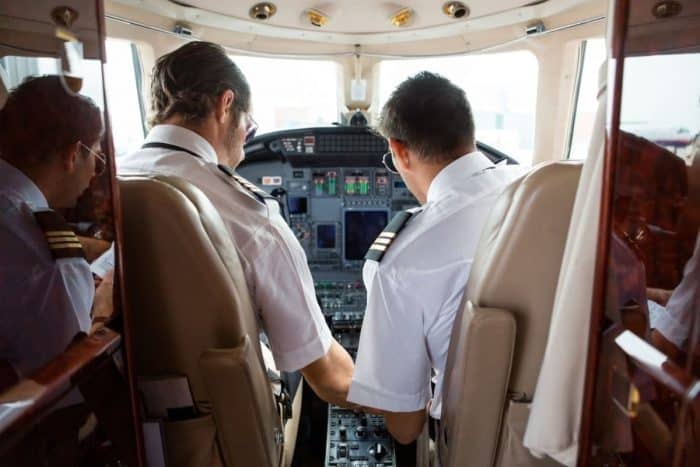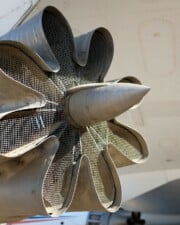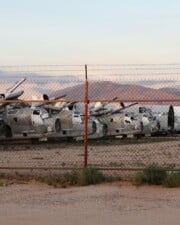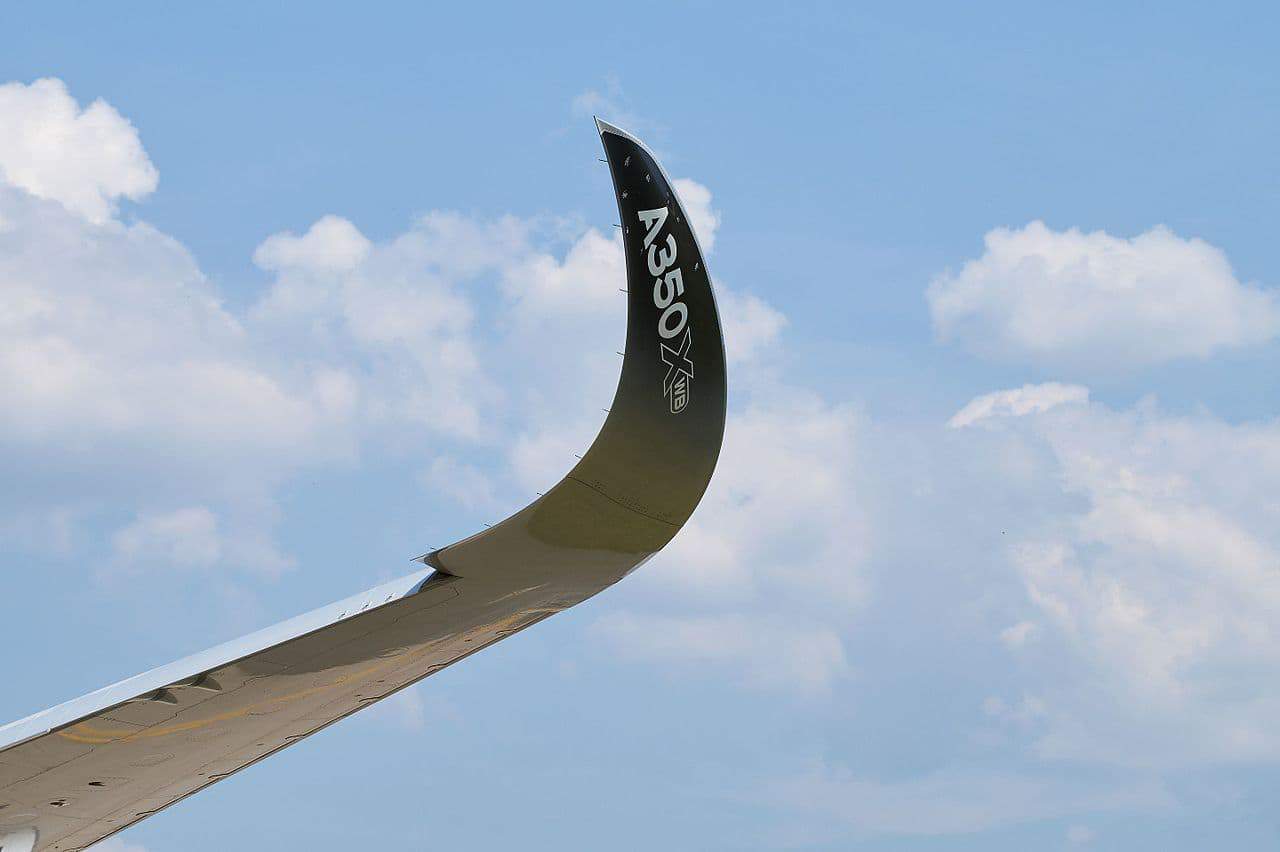What would happen if there is only one pilot on an airplane and suddenly he becomes incapacitated due to a heart attack? While the thought of a passenger trying to land a large commercial airline can bring up heroic images from a Hollywood movie, in reality this probably wouldn’t end well. And there are some other reasons as well…
Why Do Airplanes Have Two Pilots?
Most commercial airlines have two pilots mainly due to issues that can jeopardize the safety of hundreds of passengers. These safety issues can result from sudden health problems faced by pilots, fatigue, attention span, and various other human errors. Large airlines have two pilots for safety reasons, workload management, and concerns of fatigue.

Do Pilots Actually Fly A Plane?
Technically, a single pilot can easily fly a commercial jet without the need for another pilot. These days, the auto-pilot partially performs the duties of most pilots as the airplane is guided by the computers in mid-air.
These computers are also smart enough to take control of the pilots during certain emergencies and stabilize the airplane without the need for pilot assistance.
Did you know that the advancement in technology has also led to the removal of flight engineers who were mainly responsible for monitoring the engines and systems of the aircraft?

In the past, flight engineers were an intrinsic part of some of the larger commercial jets, but the advanced avionics means that they are no longer required.
When Are Two Pilots Required?
Despite the autopilot helping a pilot, there may be a need for a second pilot due to the following reasons:
Health Issues
Recently, an Etihad Airways pilot became ill, and he was pronounced dead after landing. The second pilot steered the plane safely to the ground. According to the Australian Transport Board, health issues happen in about one of 34,000 flights.
These issues can range from minor illness to serious problems. The Aviation Herald has also reported 16 incidents of pilot incapacitation between January and September 2017.
These and various other research studies prove that the second pilot is always effective in critical situations because auto-pilot is not designed for takeoffs and landings.
It should also be noticed that certain airlines have an in-built auto-pilot that is also able to land the plane; however, the effectiveness of the system as a replacement for a human is debated.
Workload Management
Another reason for two pilots on an airplane is better coordination and planning. In larger jets, the first pilot controls, programs the autopilot and steers the airplane in the right direction, while the second pilot communicates with the control tower, monitors the controls, and crosses the actions of the other pilot.

Sharing of the workload also seems necessary because the airline has a complex system. Despite the automated systems, the flight controls need to be configured for different phases of the flight. It means that the pilots should be vigilant even if its a very long flight.
The strict safety standards require pre-flight, mid-flight, and post-flight checklists. Two pilots on a plane make coordination much easier as one pilot can concentrate on the flight, while the other completes the checklist.
Fatigue
It is often debated that commercial airline pilots work long hours, which can adversely impact their performance while flying. This is exacerbated when the plane is flying through bad weather.
For the last two or three decades, airline accident statistics also reveal that pilot error is most likely the case of fatal air crashes around the world. If the studies are true, then a second pilot makes sense because it can lower the workload of both pilots.

While the excess workload is certainly reduced by advance avionics such as the auto-pilot, the debate has once again revived due to fuel-efficient planes that can fly non-stop for several hours.
Considering that some long-haul flights are taking more than 16 hours, some airlines have three pilots instead of the two. One of these pilots takes a break in the special cabin built for them inside the plane.
Flights Are Only Getting Longer
As we become more dependable on fuel-efficient planes, it’s likely that more air routes with direct flights will open. These direct flights will require pilots to concentrate for longer periods.
Considering that we all need a break after continuous 3 to 4 hours of drive in our cars, pilots also need to take their eye off the control panel. Despite these concerns, it may seem awkward for many passengers that the consensus on two pilots flying an airplane is not uniform.
Different Regulations Around The World
For instance, FAA overseeing US Airlines requires two pilots for almost all commercial jets. In contrast, European and Canadian aviation authorities are still in limbo if to use the “rule of two” on all commercial airlines.
In recent years, German airlines have cited security issues and large payouts as the primary reason to negate rules that require two pilots to fly a commercial jet.
The debate came into focus when investigators revealed that the second pilot on the unfortunate GermanWings plane allowed the plane to crash due to a debate with the Captain.
Single Pilot Airplanes
There are still some planes that are known to be piloted by a single pilot. These mainly include turboprop aircrafts such as the KingAir 250, Pilatus PC-12, Cessna Citation M2, and Embraer Phenom 300, among others.

These are mostly privately owned or used for government and VIP duties. Similarly, it is not unusual to see smaller single-engine aircraft flown by single pilots.
These days most of the single-pilot airplanes are smaller and they cover shorter distances. For most large commercial airplanes, two pilots are still the norm; however, the jury is still out as to use one or two pilots on commercial jets.
References ▾
Related Posts













